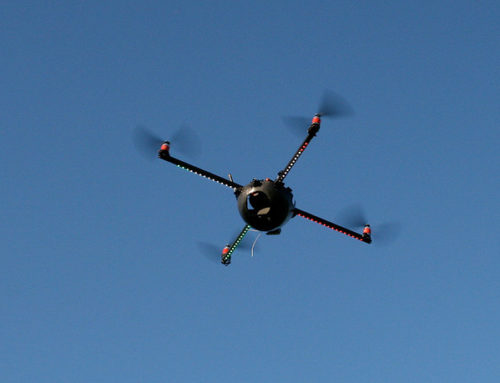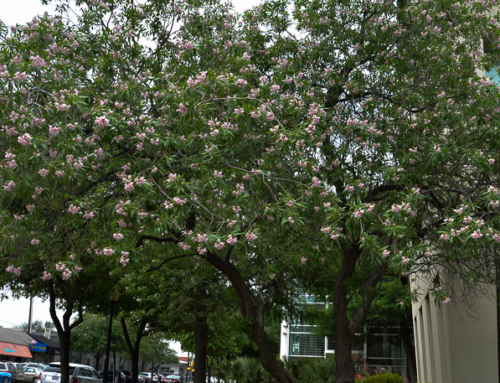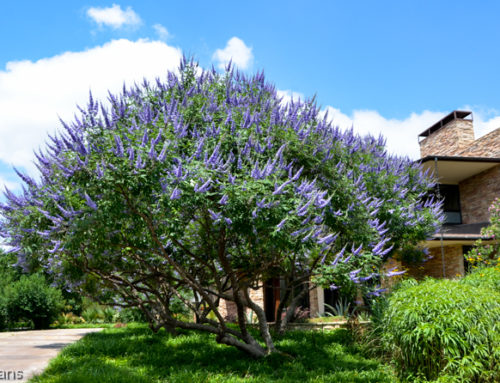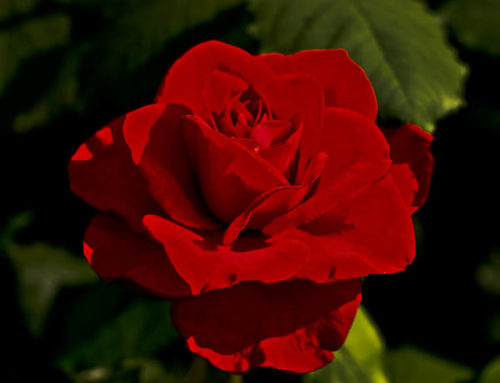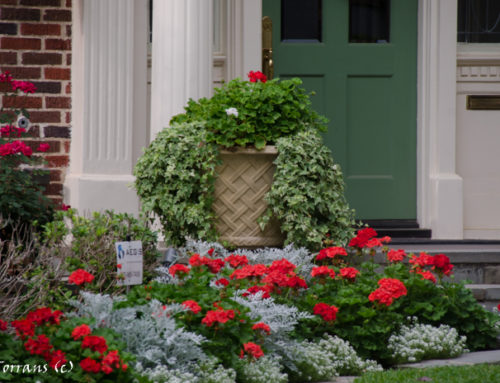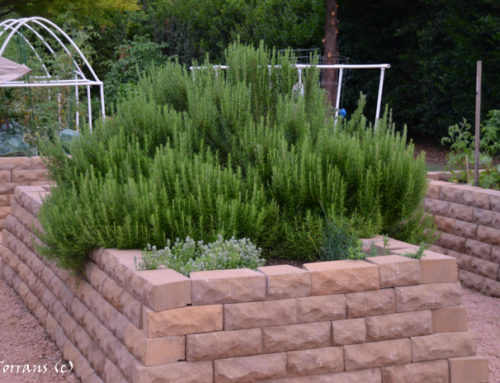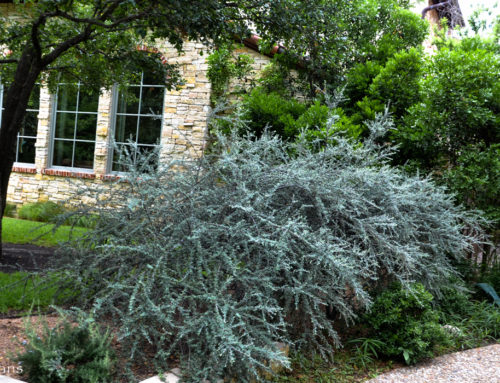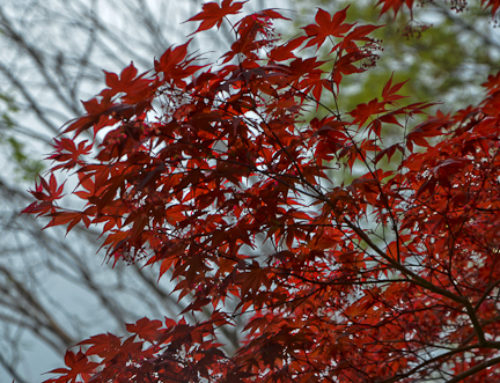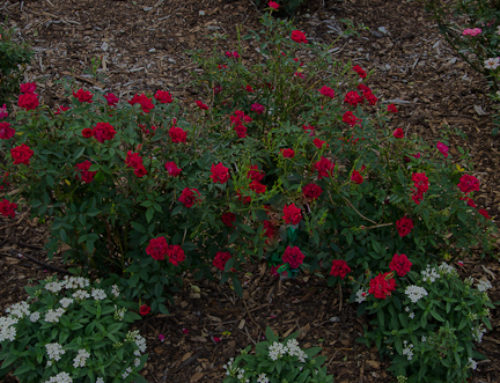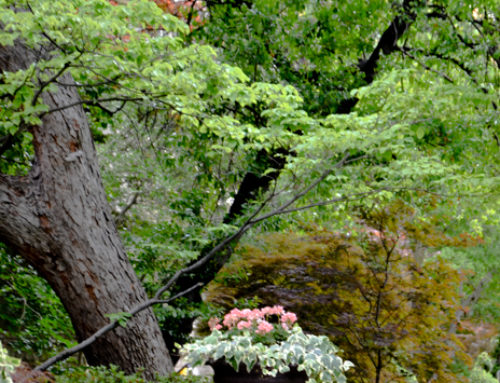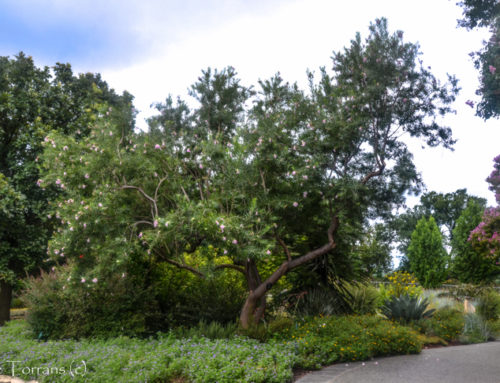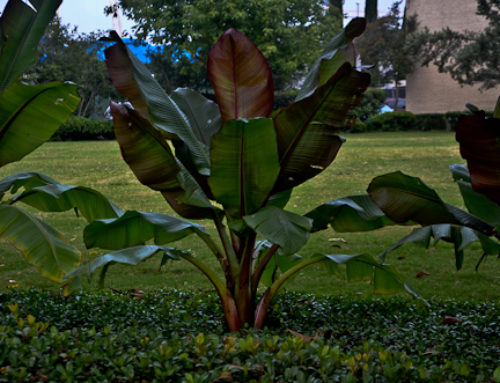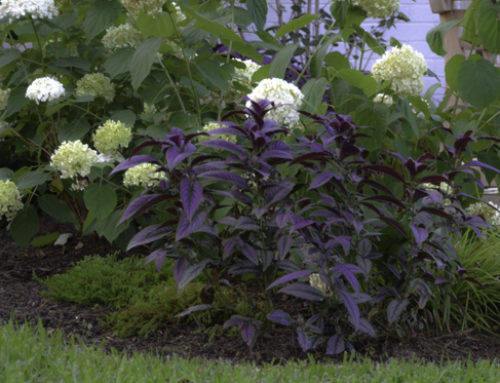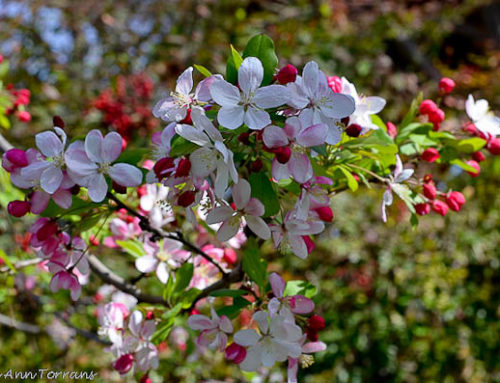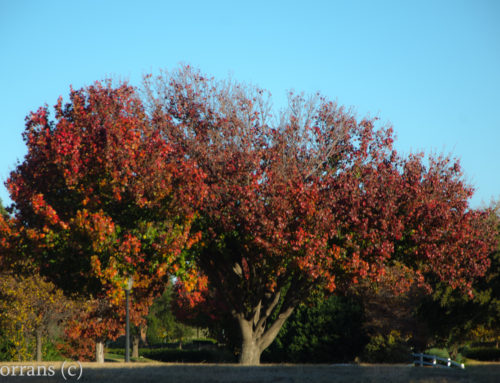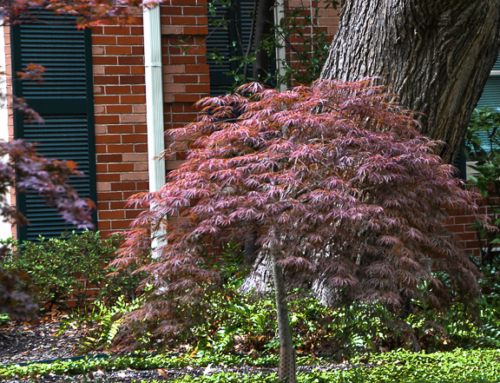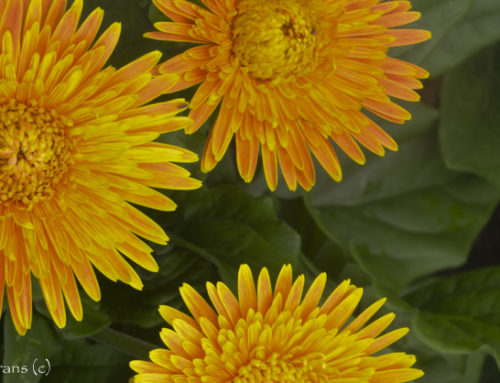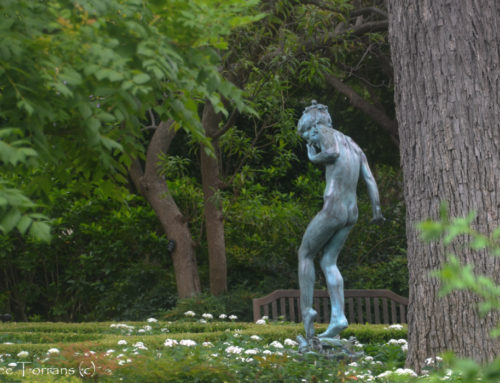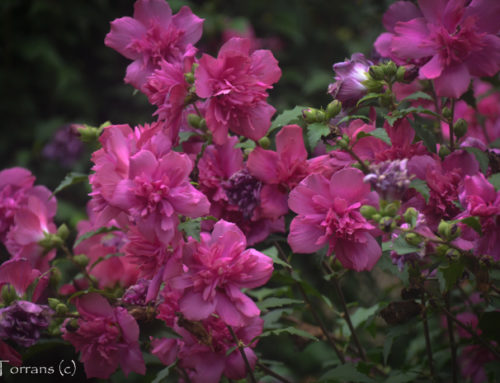Dallas Landscaping and Design: Gardening with Ladybugs |
|||
 Lady bugs eat aphids and other garden pests. Release your Lady Bugs into your garden at night after it has been heavily watered. Your Lady Bugs will arrive thirsty and hungry. |
|||
 Prepare your garden and release the Lady Bugs at night, they do not fly in the dark. |
|||
| If your Lady Bugs find food and water in the evening they will b happy in their new abode! Otherwise, they will depart to a more hospitable garden. | |||
 Gardening with Lady Bugs |
|||
| The Lady Bug’s huge appetite and reproductive capacity often allow it to rapidly clean out its prey devouring over 5,000 aphids by a single adult in its lifetime. Lady bugs, including adults and their larvae, are known primarily as predators of aphids (plant lice). | |||
 |
|||
|
|||
| One Lady Bug larva will eat about 400 medium-size aphids during its development to the pupal stage. An adult will eat about 300 medium-size aphids before it lays eggs. Three to ten aphids are eaten for each egg the beetle lays. Ladybugs are shipped in the adult stage and when released should mate and lay eggs within 8-10 days. | |||
Create Lady Bug Friendly Environment |
|||
In addition to insects and aphids, ladybugs also require a source of pollen for food. Leaving aphids and other pests alone will help feed and attract ladybugs. Plants that can be used as aphid attracting decoys include:
|
|||
Lady Bugs and Children |
|||
| Lady Bugs are the perfect way to involve children in gardening. Let them help you pick them out and open them up once they arrive. Put out the Lady Bug house, read the Lady Bug stories, prepare the garden and watch the excitement. | |||
Once Your Lady Bugs Arrive |
|||
| Place your Lady Bugs in your refrigerator until evening. Lady Bugs do not fly at night so releasing them in the evening gives them the opportunity to become acclimated to your garden.
Irrigate your garden where they will be released so they may have a cool drink, they will be thirsty! Gently release the ladybugs on to their favorite plants, they will be hungry as well! High humidity is more easily maintained by having plants close together. An abundance of nectar and pollen with plants placed closely together will result in higher productivity for your organic garden and retain moisture at a higher rate. |
|||
 Hilde, Harry and Honey find a new Lady Bug Home! |
|||
 Honey the Lady Bug Finds a New Home |
|||
Know the Difference between Lady Bug Lavae and Pests |
|||
| Ladybug larvae can be mistaken for pests. Recognizing the different lifecycle stages of ladybugs will facilitate your Lady Bug garden kingdom. | |||
 |
|||
Gardening with Children |
|||
| Create a Lady Bug habitat with your children. Explain what they eat, when the eat and how they help as nature’s natural pest controller. | |||
|
|||
|
|
|||
Children’s Tools for Gardening |
|||
| Purchase inexpensive real tools for children’s gardening. They want to feel like they are really helping and making a contribution. I like the Fiskars gardening tool set with soft handles. Children’s gardening tools are sold. I just do not believe this makes gardening anything but a play activity for children.
I like the nitrile gloves for protection. They are soft and allow you to actually feel the dirt and plant while providing maximum protection. They come in small sizes, too. Before the Lady Bugs arrive read stories about Lady Bugs. Engage you child in testing the soil. Children love doing that and it is a great way to teach them about soil composition. Respect your child’s natural curiosity, don’t treat gardening as an inconsequential, temporary activity but as the basis for the love of our planet, our food source and natural beauty! |
|||
If you love it: Pin It! |
|||
 Lady Bugs Nature’s Pest Control and Gardening Fun for Children  Lady Bugs Nature’s Pest Control and Gardening Fun for Children Read About Lady But Pest Control and |



